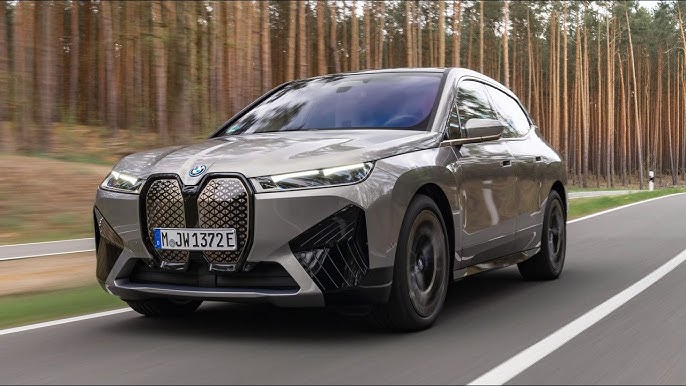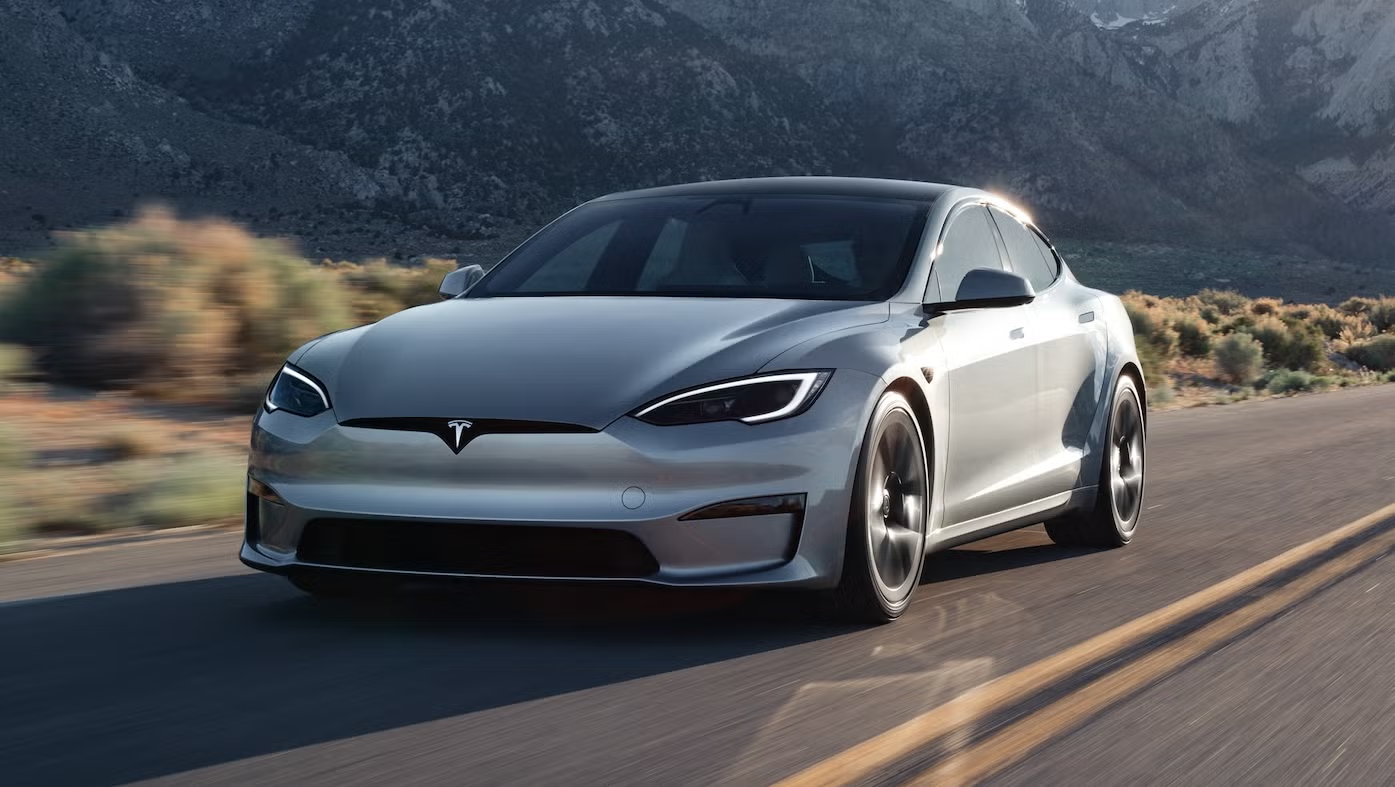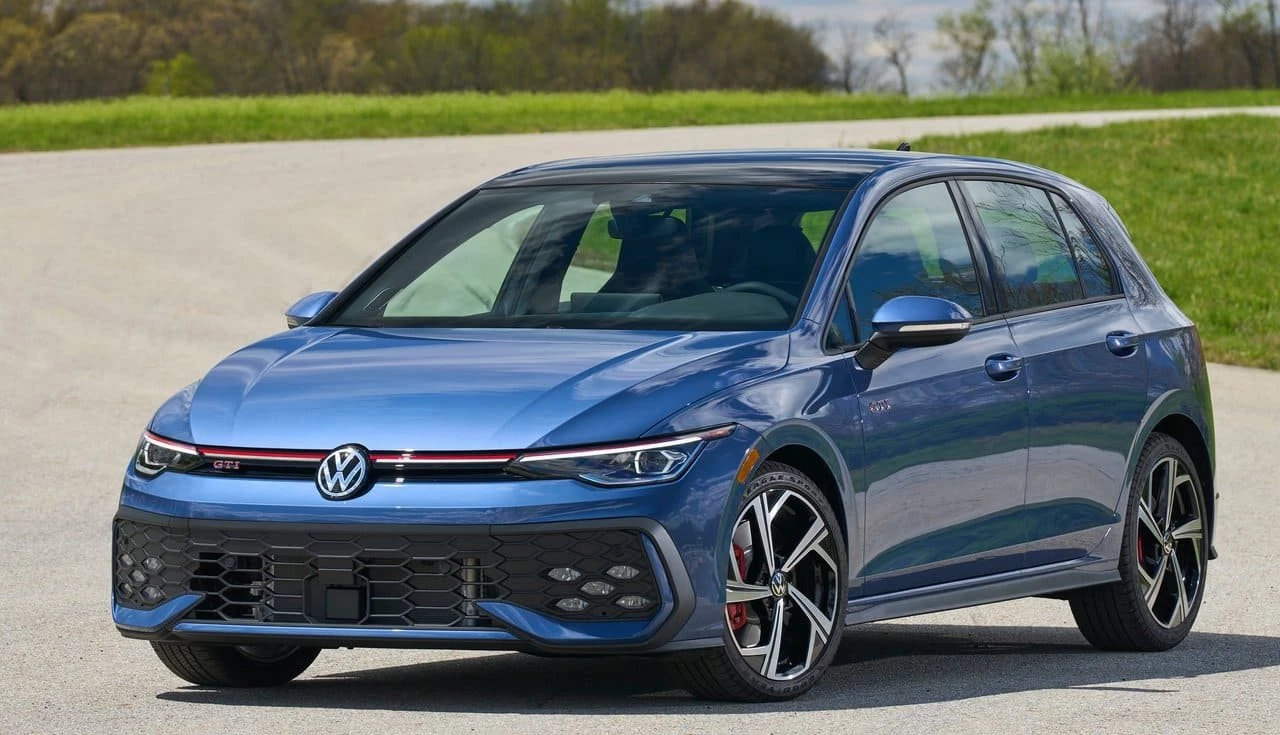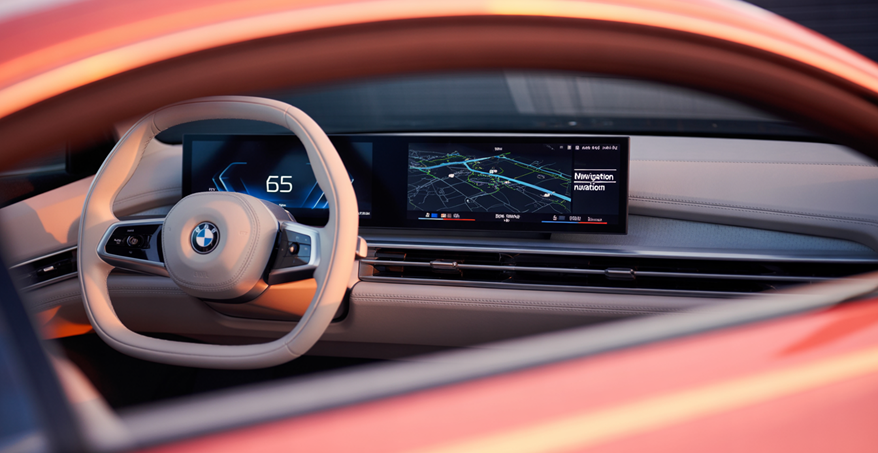What makes these AI systems the real drivers of tomorrow’s mobility revolution.
In 2025, automotive AI has taken a quantum leap, transforming from a luxury gimmick into a core component of the driving experience. The battle for supremacy is now centered on three heavyweights: BMW’s iDrive 9, Tesla’s Full Self-Driving (FSD) suite, and General Motors’ Ultifi platform.
These systems aren’t just voice assistants—they’re evolving ecosystems that seamlessly integrate with vehicles to deliver intelligent navigation, personalized user experiences, predictive safety, and autonomous capabilities.
With U.S. consumers placing growing value on connectivity, autonomy, and AI-driven personalization, understanding the strengths and limitations of these platforms is essential before choosing a high-tech ride in 2025.
BMW iDrive 9: Precision, personalization, and premium integration

BMW’s iDrive 9 system, launched across its lineup in early 2025, emphasizes user customization and edge-AI performance. Built on a Linux-based platform, it introduces a highly responsive interface with Android Automotive compatibility, allowing third-party apps to be deeply integrated into the vehicle’s ecosystem.
Key features include:
-
QuickSelect UI: A redesigned tile-based system for faster navigation, eliminating layered menus.
-
Natural voice interaction with BMW’s Intelligent Personal Assistant, now enhanced with contextual memory and predictive prompts.
-
Over-the-air (OTA) updates supporting vehicle behavior adjustments, such as throttle response or suspension tuning, personalized per driver profile.
-
iDrive gaming and media upgrades through cloud services.
BMW models featuring iDrive 9, such as the 2025 BMW i5 M60 (starting at $84,100) and the X5 xDrive50e (starting at $72,500), now offer AI-powered parking maneuvers that can replicate driver-recorded paths—a standout for urban drivers.
Tesla Full Self-Driving: Aggressive autonomy and real-time learning

Tesla’s FSD (Full Self-Driving) suite remains one of the most polarizing and aggressively evolving AI platforms in the automotive world. By 2025, FSD has moved beyond beta status for most U.S. customers, delivering Level 3 autonomous functionality in supported jurisdictions.
The system leverages Tesla’s Dojo supercomputing architecture and real-world video data from millions of miles driven.
Core highlights:
-
Navigate on Autopilot with unassisted lane changes and highway exits.
-
City Streets Autonomy capable of handling stop signs, traffic lights, and unprotected turns.
-
AI-driven route adaptation responding to real-time traffic, weather, and driver behavior.
-
A vision-only architecture, eliminating radar and LIDAR, relying entirely on neural network vision processing.
The 2025 Tesla Model S Long Range (starting at $88,490) and Model Y Performance (starting at $52,490) come with FSD capability available for a one-time fee of $12,000 or a monthly subscription of $199.
Tesla’s AI is geared towards early adopters and tech-savvy drivers who value cutting-edge automation, though regulatory limitations still restrict full autonomy in several states.
GM Ultifi: Scalable intelligence and cross-brand connectivity

General Motors’ Ultifi represents a major shift toward vehicle-wide software-defined architecture. Unlike systems focused solely on driving or infotainment, Ultifi controls nearly every electronic module in supported GM vehicles—from seat temperature to suspension tuning—powered by GM’s own VIP (Vehicle Intelligence Platform).
What sets Ultifi apart:
-
Modular OTA updates enabling post-purchase feature installations across brands like Cadillac, Chevrolet, Buick, and GMC.
-
Deep integration with Google Cloud AI, allowing natural language commands, predictive service alerts, and even driver wellness monitoring.
-
Supports V2X (vehicle-to-everything) communication, prepping GM vehicles for smart city interoperability.
-
Acts as a platform for third-party apps through a secure developer portal, creating possibilities for games, productivity, or home automation integration.
The 2025 Cadillac LYRIQ Sport 3 (starting at $58,590) and the Chevrolet Silverado EV WT (starting at $52,000) both feature Ultifi’s full suite, with future-ready infrastructure for autonomous capabilities as legislation evolves.
What drivers should consider in 2025
As AI becomes central to automotive experiences, selecting the right platform depends heavily on your lifestyle, tech expectations, and regional autonomy regulations. BMW’s iDrive 9 offers precision control and high-end customization, perfect for drivers seeking a refined, luxury AI companion. Tesla’s FSD targets those pursuing early autonomy and continuous learning. GM Ultifi, however, introduces a unified digital environment built for scale, making it ideal for families and business fleets wanting long-term adaptability.
Key takeaways for 2025 buyers:
-
Look beyond just “autonomy”—AI-driven customization, system compatibility, and update flexibility define the experience.
-
Check your state’s autonomous driving laws—not all systems can operate at full capacity everywhere.
-
Evaluate the real cost of upgrades—AI platforms now offer a mix of subscriptions and a-la-carte features.
The smartest automotive assistants of 2025 are no longer sci-fi dreams. They’re here, they’re learning, and they’re redefining how we connect with the road.
Before choosing your next vehicle, make sure you’re not just buying horsepower—but also brainpower.

